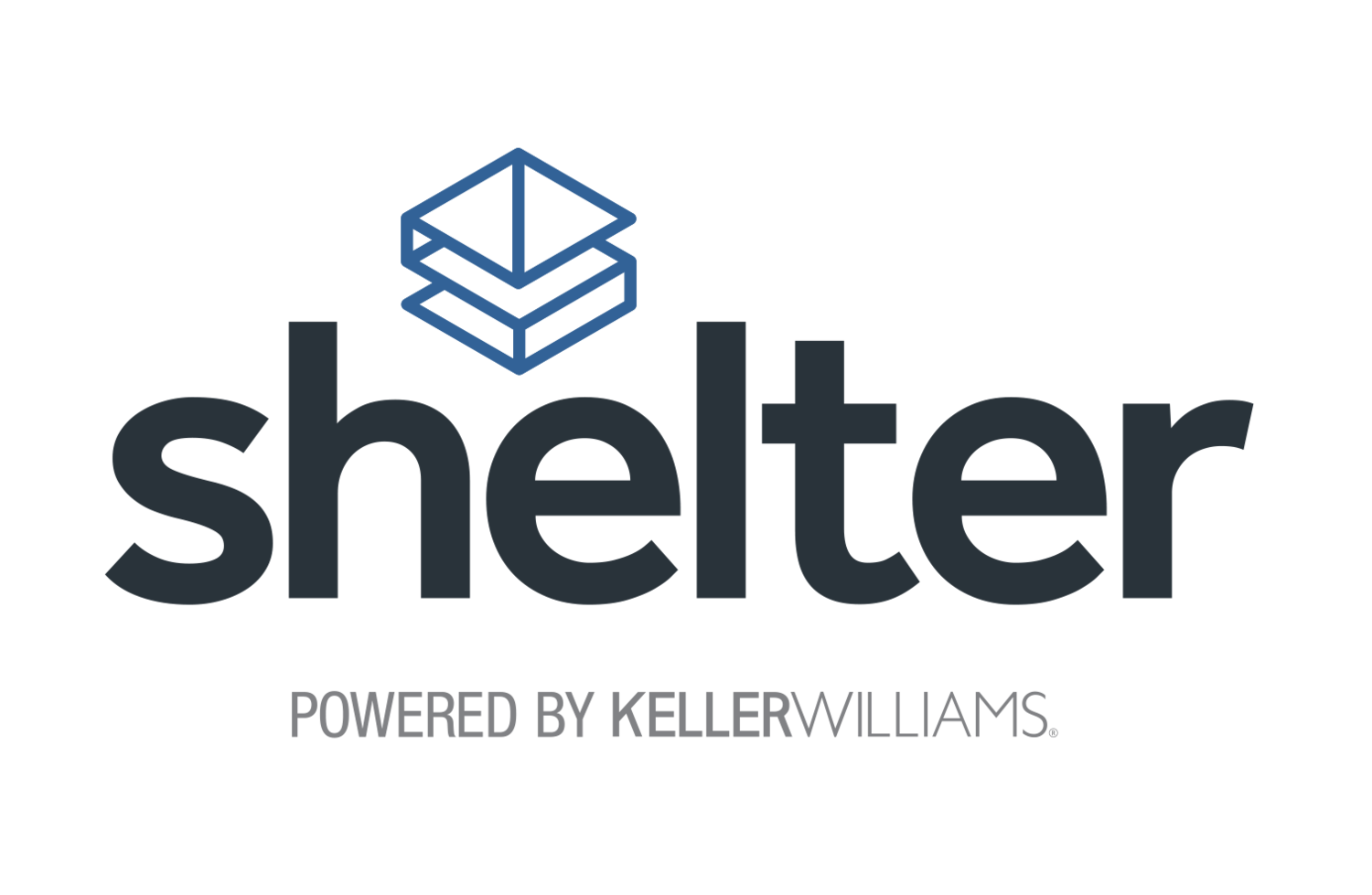U.S. housing market stagnation and its ripple effects on real estate and financial sectors
/By MarketPulse | Published on August 21, 2025
The U.S. housing market in 2025 is locked in a paradox: record-low inventory coexists with historically high mortgage rates, creating a stagnant environment that amplifies long-term asset risk exposure for real estate and financial sectors. This dynamic, driven by affordability constraints and policy uncertainties, is reshaping investor behavior and exposing systemic vulnerabilities.
The Stagnation: A Perfect Storm of High Costs and Low Mobility
J.P. Morgan Research projects a modest 3% rise in home prices for 2025, but this growth is overshadowed by a market frozen in place. Over 80% of homeowners are "out-of-the-money," with mortgages at least 100 basis points below current rates, creating a lock-in effect that suppresses inventory. Existing home sales remain 12% below 2019 levels, while new home construction—though rising to 481,000 units by May 2025—fails to offset the imbalance. The result is a market where 9.8 months of new home supply coexists with just 4.4 months for existing homes, a stark divide that favors sellers in tight markets like the Northeast and Midwest.
Mortgage rates, hovering near 6.8%, compound the problem. The total cost of homeownership—encompassing maintenance, insurance, and property taxes—has surged 18% since 2024, pushing median monthly expenses toward $4,000. This has accelerated a shift toward renting, with 54% of U.S. renters now cost-burdened, a record high. For first-time buyers, the barriers are insurmountable: 69% of outstanding mortgages carry rates below 5%, anchoring homeowners in place and starving the market of turnover.
Ripple Effects: Systemic Risks for Real Estate and Financial Sectors
The stagnation is not confined to residential markets. Commercial real estate (CRE) faces its own challenges as high borrowing costs and uncertain demand reshape asset fundamentals. While Q2 2025 saw $60.1 billion in CRE transactions—a 24% annual increase—this activity is concentrated in industrial and multifamily sectors, with office and retail properties lagging. The Federal Reserve's balance sheet reduction, designed to curb inflation, has indirectly pushed mortgage rates higher, squeezing developers and institutional investors reliant on leveraged returns.
For financial institutions
FISI, the risks are twofold. First, mortgage lenders face a shrinking pool of qualified borrowers. J.P. Morgan notes that builder incentives—such as price concessions and rate buydowns—now account for 62% of new home sales, signaling a shift in pricing power to buyers. Second, investment banks and advisory firms are seeing weaker demand for real estate M&A and capital-raising, as developers delay projects amid uncertain returns. The National Association of Realtors' fragmented listing practices further exacerbate liquidity issues, with brokerages like Compass adopting opaque pricing strategies that reduce transparency.
Investor Behavior Shifts: From Optimism to Prudence
Investor sentiment is diverging. Large public homebuilders, such as Lennar (LEN) and D.R. Horton (DHI), remain cautiously optimistic, leveraging economies of scale to absorb rising material costs. Their shares have outperformed the S&P 500 Real Estate Index by 8% year-to-date, reflecting market confidence in their adaptability. Conversely, private builders and local developers—often undercapitalized to weather prolonged stagnation—are retreating from high-cost markets.
Institutional investors are also recalibrating. Hedge funds and private equity firms are shifting capital toward short-term, high-yield CRE assets, such as industrial warehouses and data centers, while avoiding long-lease commercial properties. The rise of AI in real estate—streamlining underwriting and listing processes—has introduced efficiency gains but also heightened concerns about over-reliance on algorithmic pricing models, which may lack nuance in volatile markets.
Policy Uncertainties and the Path Forward
The looming shadow of policy shifts under a potential Trump administration adds another layer of risk. Proposed measures—such as restrictive immigration policies and streamlined housing construction on federal land—could exacerbate labor shortages and delay much-needed supply-side reforms. While reducing immigration might curb demand, it risks worsening affordability by shrinking the workforce that builds homes.
For investors, the key lies in hedging against these uncertainties. Strategies include:
1. Diversifying Exposure: Allocating capital to resilient sectors like multifamily and industrial real estate, which benefit from sustained rental demand.
2. Monitoring Rate Cycles: Positioning for potential rate cuts in late 2025, as the Federal Reserve's Jackson Hole symposium and Stephen Miran's dovish influence could accelerate easing.
3. Leveraging Technology: Investing in AI-driven platforms that enhance transparency and reduce transaction costs in fragmented markets.
Conclusion: Navigating the New Normal
The U.S. housing market's stagnation is a microcosm of broader economic challenges—high costs, low mobility, and policy-driven volatility. For real estate and financial sectors, the path forward requires a balance of caution and innovation. While long-term asset risk exposure remains elevated, opportunities exist for investors who prioritize liquidity, adaptability, and sector-specific insights. As mortgage rates inch toward 6.7% by year-end and inventory levels slowly normalize, the market's eventual thaw may unlock value—but only for those prepared to navigate the turbulence.


